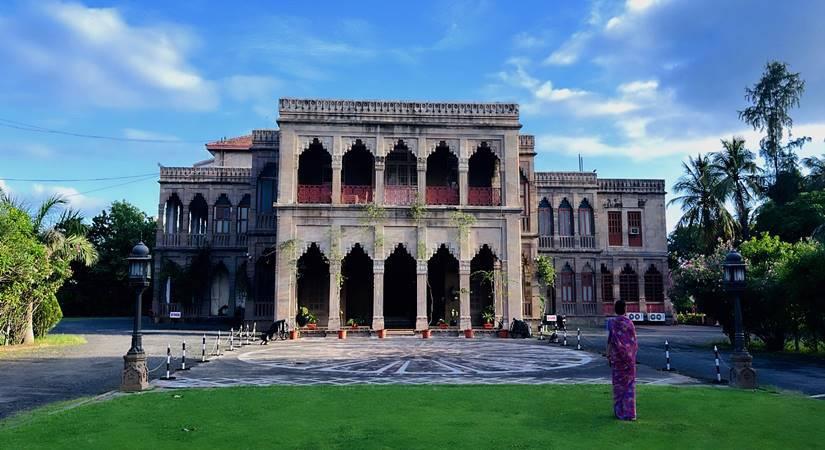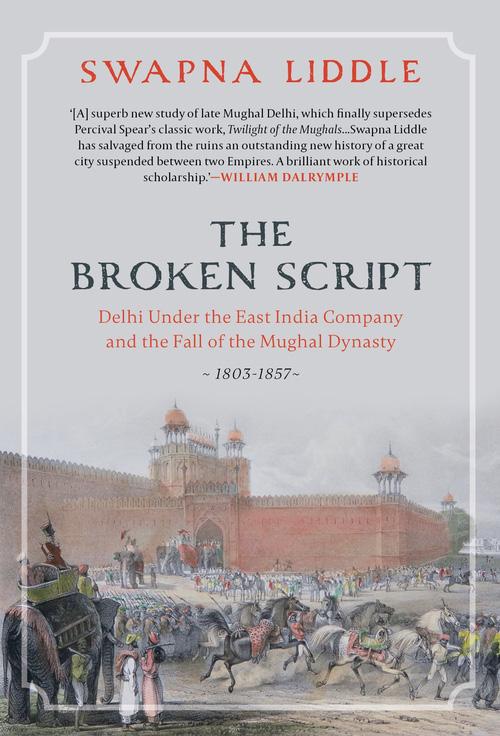
2 minute read
Upholding Art, Culture, and Social Welfare for Weavers
Preserving India's Rich Heritage
generations. As more people recognise the value and beauty of Indian textiles, there has been a resurgence of interest in handcrafted sarees, intricately woven fabrics, and unique indigenous designs.
Advertisement
diversity, and rich histories of North African and West Asian cultures. Christie’s is honoured to partner with two prestigious cultural institutions, the Barjeel Art Foundation and The Ministry of Culture and Youth, United Arab Emirates, for what will be an exceptional moment for the arts and culture of the Arab World in London this summer’.
Sultan Sooud Al Qassemi, Founder, Barjeel Art Foundation comments, ‘The exhibition is a rare opportunity to view in person a selection of artworks from some of the most prominent artists from West Asia and North Africa that have been collected over 20 years. The vast majority of the artworks in the exhibition have never been seen in the U.K. before. The works include a gender balanced selection which allows for visitors to appreciate the role that modern women artists played in the establishment of a flourishing Modern art movement in the region. Barjeel Art Foundation is especially proud to be collaborating with Christie's on this unique exhibition from whom many of these works have been collected over the years’.
Swapna Liddle’s new book dredges out forgotten history of Delhi between two empires
By IANSlife
July 05, 2023 (IANSlife) India, with its vibrant art and cultural traditions, has always been celebrated for its rich heritage. In recent years, a renewed focus on uplifting Indian art and culture has emerged, driven by individuals and organisations dedicated to the social welfare of the weavers' community and the preservation of our country's invaluable artistic legacy.
Beyond economic empowerment, efforts are underway to provide weavers with access to healthcare, education, and social welfare programs. By addressing their holistic well-being, these initiatives aim to uplift the weavers and their families, improving their overall quality of life and ensuring the continuity of traditional art forms.
The impact of these endeavours is visible in the revitalisation of dying art forms and the renewed interest among younger
Brijeshwari Kumari Gohil passionate advocate for the empowerment of weavers and the preservation of traditional Indian art forms stated that, "Our cultural heritage is a treasure trove that deserves to be celebrated and preserved. By supporting the weavers' community, we not only uplift their lives but also safeguard our artistic legacy for future generations. It is essential to recognize the artisans' immense skill, dedication, and the stories woven into each masterpiece they create."
The revival and preservation of Indian art and culture are critical for safeguarding the country’s heritage and empowering marginalized communities such as the weavers.
New Delhi, July 2 (IANS) The chronicler of Delhi, Swapna Liddle, has come out with a new book that, in the words of William Dalrymple, "finally supersedes Percival Spear's classic, 'Twilight of the Mughals'."
Taking a majestic sweep through the years 1803, when the army of the East India Company General, Viscount Gerard Lake, defeated the forces of Daulatrao Scindia led by a French mercenary at the Battle of Patparganj and entered Delhi, to 1857, when the last Mughal emperor involuntarily set off the events of the Revolt, 'The Broken Script' explores the forgotten facets of the intervening five decades -- or the "hybrid half-century", as Liddle describes them.

In the words of Dalrymple, Liddle has "salvaged from the ruins an outstanding new history of a great city suspended between two Empires. A brilliant work of historical scholarship."
Liddle is known for her books 'Chandni Chowk: The Mughal City of Old Delhi' and 'Connaught Place and the Making of New Delhi', apart from her edited and annotated translation of 'Sair-ulManazil', the first known listing of Delhi's historical monuments compiled in the 1820s by Mirza Sangin Bayg.
At the start of the 19th century,










